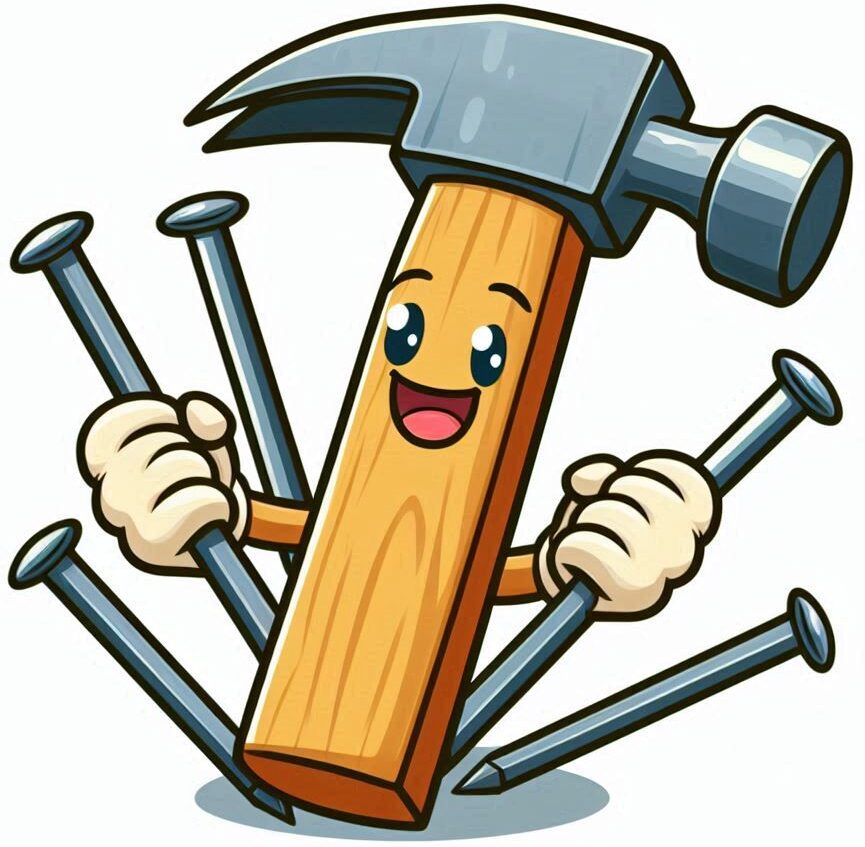
Wood joinery is the backbone of fine woodworking, cabinetmaking, and DIY furniture projects. Choosing the right joint isn’t just about aesthetics — it determines the strength, durability, and craftsmanship of your piece. Whether you’re new to the craft or looking to level up your skills, understanding joinery is a must.
In this guide, we’ll walk you through and cover the “Top 5 Wood Joinery Methods Explained”, answer essential joinery questions, and help you decide what technique works best for your project.
What Is Wood Joinery?
Wood joinery is the art (and science) of connecting pieces of wood together to form structures, furniture, or decorative items. While nails and screws might do the trick in some quick builds, real joinery relies on clever cuts, friction fits, adhesives, and interlocking designs to produce long-lasting, solid structures.
** Here’s a little transparency: Our website contains affiliate links. This means if you click and make a purchase, we may receive a small commission. Don’t worry, there’s no extra cost to you. It’s a simple way you can support our mission to bring you quality content.**
As an Amazon Associate, I earn from qualifying purchases.
1. Mortise and Tenon Joint
The Classic Powerhouse of Joinery
What it is:
One of the oldest and strongest joints in woodworking. It involves inserting a “tenon” (a rectangular protrusion) into a corresponding “mortise” (a hole or slot). Usually glued, this joint can be reinforced with pins or wedges.
Best for:
Chairs, tables, doors, and structural framing.
Why it works:
The mortise and tenon provides large surface areas for glue, a snug mechanical fit, and incredible resistance to shearing and pulling forces.
Strength rating:
⭐ Strongest overall joint when done properly.
2. Dovetail Joint
Strength Meets Elegance
What it is:
This interlocking joint resembles a bird’s tail (hence the name). The “tails” and “pins” lock together at angles that resist pulling apart.
Best for:
Drawers, boxes, cabinets, and fine furniture.
Why it works:
Its angled interlocks distribute stress evenly, offering superb mechanical strength—even without glue.
Strength rating:
⭐ Very strong. Excellent for tension resistance, especially in box corners.
3. Biscuit Joint
Quick, Clean, and Great for Panels
What it is:
Thin, football-shaped “biscuits” made of compressed wood are inserted into matching slots in adjoining boards. The biscuit expands when glued, locking the pieces together.
Best for:
Joining sheet goods (like plywood), tabletops, edge-gluing boards.
Why it works:
It aligns surfaces well and adds decent strength with minimal visible joinery.
Strength rating:
⭐ Moderate. Great for alignment and light-duty joins.
4. Pocket Hole Joint
DIY-Friendly and Fast
What it is:
Angled holes are drilled into one board, then screws are used to fasten it to another. It requires a pocket hole jig, commonly found in most DIY shops.
Best for:
Face frames, cabinet boxes, and beginner furniture builds.
Why it works:
It’s quick, easy, and doesn’t require advanced tools. Works well with glue to add strength.
Strength rating:
⭐ Moderate. Not as clean or strong as traditional joints, but ideal for speed and accessibility.
5. Box (Finger) Joint
Strong and Decorative
What it is:
Think of it as dovetail’s squared-off cousin. Square “fingers” interlock across two boards, forming a strong joint with a modern look.
Best for:
Boxes, drawer corners, tool chests, and decorative builds.
Why it works:
The multiple glue surfaces and interlocking fingers create a strong mechanical and adhesive bond.
Strength rating:
⭐ Strong. Especially good when glued and clamped well.
What Are the 5 Basic Types of Wood Joints?
While there are dozens of joinery types out there, the five most commonly used in woodworking include:
- Butt Joint – Simplest joint; two boards joined at their ends. Weak without reinforcement.
- Miter Joint – Like a butt joint, but cut at 45° angles. Better for frames and boxes.
- Lap Joint – Overlapping boards; good for framing and structural use.
- Dado Joint – A slot (dado) cut into one board to accept another. Great for shelving.
- Mortise and Tenon – The gold standard for strength and durability.
What Are the Different Types of Wood Joiners (Tools)?
Wood joiners are both the people who join wood (that’s you, Wayne!) and the tools used to create joints. Here’s a quick breakdown of tools often called joiners:
- Biscuit Joiner (Plate Joiner): Cuts matching slots in two boards for biscuit joints.
- Domino Joiner (by Festool): Like a biscuit joiner but stronger, using tenon – shaped inserts.
- Pocket Hole Jig: Used for making pocket hole joints quickly.
- Doweling Jig: Guides holes for dowel joints — good for alignment and strength.
- Router: A versatile tool that can cut dados, rabbets, dovetails, and more.
- Chisels and Hand Saws: Essential for traditional mortise and tenon or dovetails.
What Is the Best Wood Joinery Method?
There’s no one-size-fits-all answer, but if we’re talking strength, then mortise and tenon is king. It’s stood the test of time for thousands of years. If you want strength and aesthetics, dovetails are a close second.
For ease of use and quick builds, pocket holes and biscuit joints are great, especially for beginners or for projects where joints will be hidden.
What Is the Strongest Carpentry Joint Type?
Without a doubt, mortise and tenon reigns supreme in terms of overall strength, especially when properly fitted and glued. It resists both tension and shear forces and is a go-to in everything from fine furniture to timber framing.
Conclusion: Mastering the Craft of Wood Joinery
Learning wood joinery is like unlocking the soul of woodworking. Every joint has a purpose — from the rugged strength of the mortise and tenon to the clean lines of a miter joint or the fast, friendly pocket hole. Whether you’re crafting heirloom furniture or just building a planter box, understanding the strengths and uses of each joinery method makes your work smarter and stronger.
For more practical tutorials, don’t miss:
- Essential Tools Every Woodworker Should Own
- Finishing Wood: From Staining to Sealing Like a Pro
- Best Selling Wood Projects at Craft Fairs and Online
Whether you’re gluing, clamping, or chiseling — stay safe, work smart, and let the sawdust fly!
Happy building!
Here is a great resource for helping you with your Wood Joinery:
Interested in starting a business with your woodworking?
Or, maybe you would be interested in building a business in crafting?
There are 100’s of ways you can build a business around your passion for the crafts.
Check it out…




